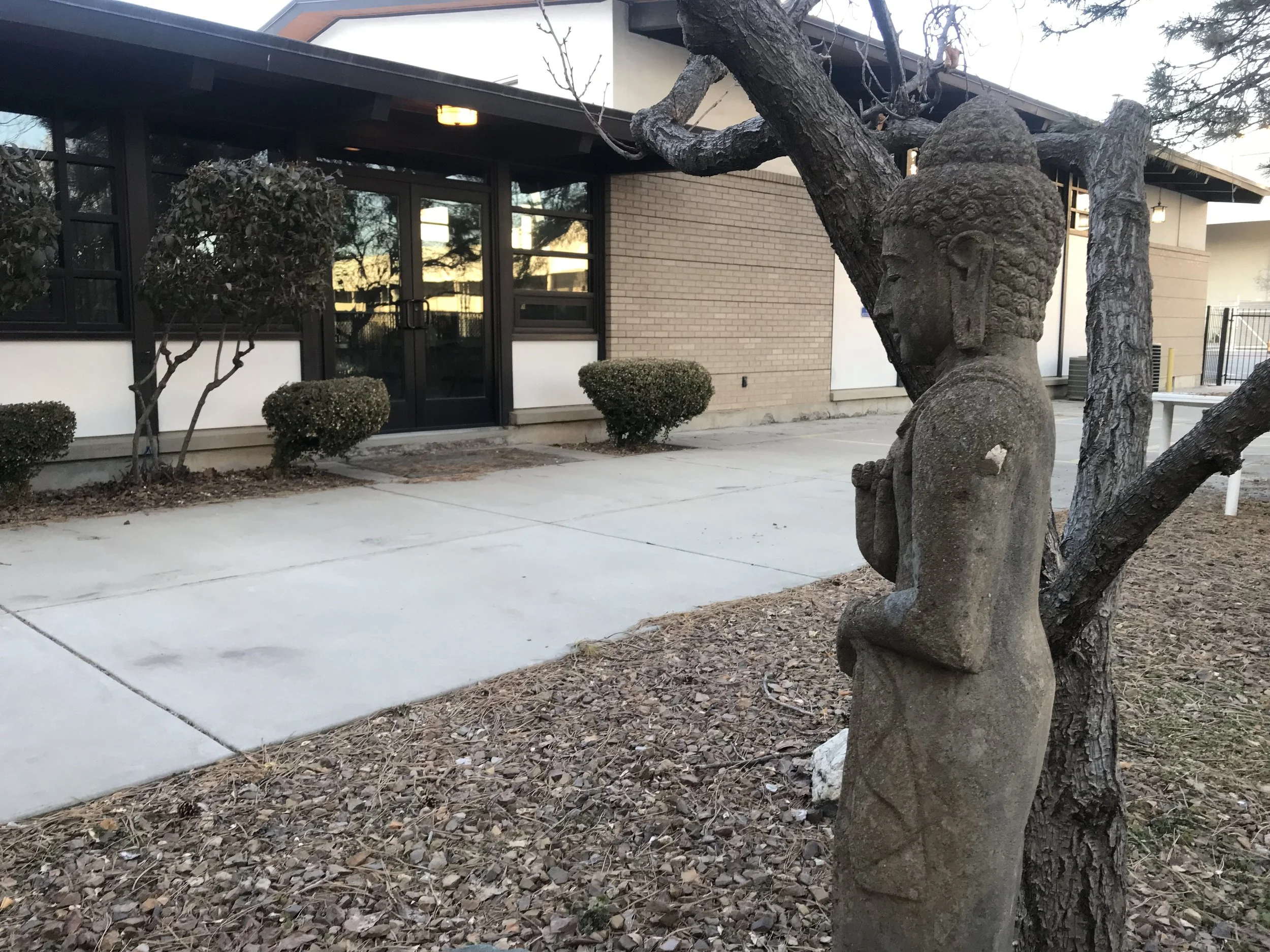Whispers of Obon
J.K. Hirano
The months of June, July, August, and September are some of the busiest months for me. However, when I was a child, these months were my summer vacation from school. There were days spent carefree and lazy. Playing baseball with my friends in the playground of Whittier Elementary School. As I have mentioned before, we would go around the neighborhood collecting bottles to exchange them at the small convenience store and buy bottles of soda pop to share. I don't remember if we just drank the soda warm or got ice from somewhere. It truly felt as though they were endless summer days. My family would also get to go on a vacation. Although we did get to go to California every few years, a trip to Southern California meant a trip to Disneyland. These years, from possibly 5 to 15 years, I call them my wonder years, as they shaped my taste and the way I would live much of my life.
I still love fruit-flavored sodas and root beer. My friends were all LDS (Mormon), so we didn't usually drink colas. I still love Disneyland and have tried to imbue a love for Disney in my children. However, it was a big sacrifice and expense for my Dad to take us to Disneyland. I always wanted to stay at the Disneyland Hotel, and we never could afford it. Therefore, as an adult, my children have mostly stayed at hotels at Disneyland or Disney World, because I had told myself that when I'm older, I'll stay at those hotels. In the off years, when we weren't in California, my Dad insisted that we visit sites near our home. I recall Yellowstone, as well as various locations in Idaho, Nevada, and southern Utah, among others. I especially enjoyed going out to eat. We usually had to find an Asian restaurant, even in small Wyoming or Idaho towns, because my mom wanted white rice. Most Chinese restaurants at the time also offered American food. I would order some type of steak, and my sister, Joni, only ordered fish and chips, while our parents ate the Chinese food with white rice. Although these adventures were fun, the main event of the Summer was Obon.
As the minister for four temples, having multiple Hatsubon and other religious services, including cemetery visits and temple attendances, I still have the chance to participate in the dance. During my wonder years, the highlight of the Summer was our Salt Lake Buddhist Temple Obon Dance. My Auntie Maxine Furubayashi was the dance instructor for as long as I have been attending the Salt Lake Obon. Now her daughter and granddaughter, Sandy and Emily Furubayashi, are the instructors, along with Tracy Roberson. Her grandfather Rev. Shintatsu Sanada was the first minister I remember. Her Dad, Shinzui Sanada, was the Obon dance taiko player, and her mom, Naomi, would always dance in a beautiful yukata. I thought Shinzui and Naomi looked like movie stars; they were such a good-looking couple. I thought of them as a Japanese version of Frankie Avalon and Annette Funicello. At the temple, we now have two male instructors, Michael Iwasaki, Auntie Maxine's grandson, and Trey Ikegami.
Much has changed in our community and temple, however, there will always be whispers of Obon, moving throughout our lives. Even though we may not be able to physically see many of these people and memories, just as the nembutsu is always embracing, so is our Obon.
Although I have been talking about the past, it is also crucial for us to focus on the present. I have been playing with the new ChatGPT. I would like to conclude this article with something this ChatGPT wrote for me, a poem it named "Whispers of Obon"
In the hush of evening's glow, Lanterns sway, a gentle flow, Flickering flames, a soft embrace, of our loved ones remembered.
Crisp incense curls in the air,
A fragrant bridge to those who care,
With every prayer,
a heart's intent,
To honor lives that time has lent.
Dancing shadows in the light,
Echoes of laughter,
love's delight,
We gather round, where past and present intertwine.
The river sings a lullaby,
As paper boats drift softly by,
carrying wishes, hopes, and dreams,
for those who watch from moonlit beams.
On this night, we remember,
The warmth of souls, a glowing ember,
As lanterns rise, they paint the sky,
A tribute to love that will never die.
Namo Amida Butsu!







